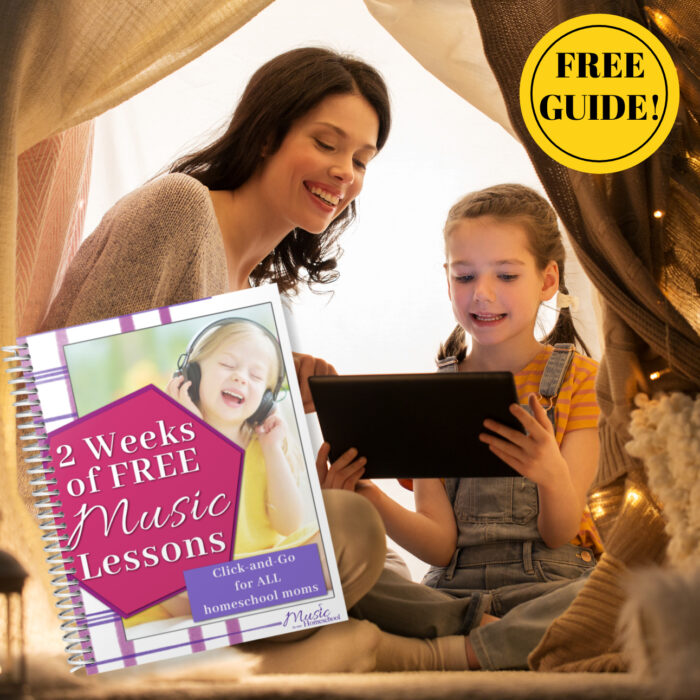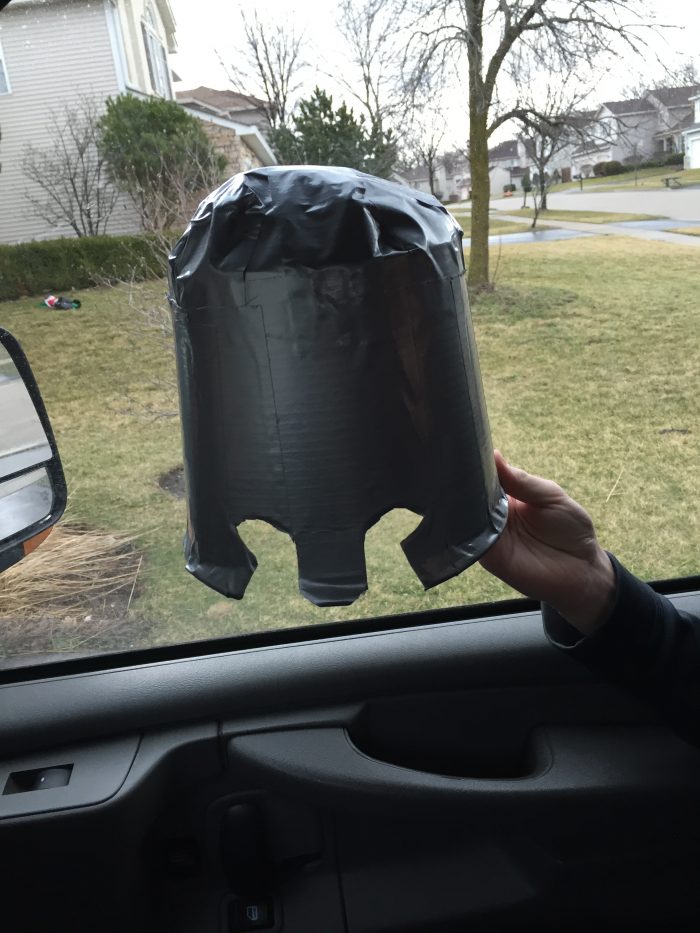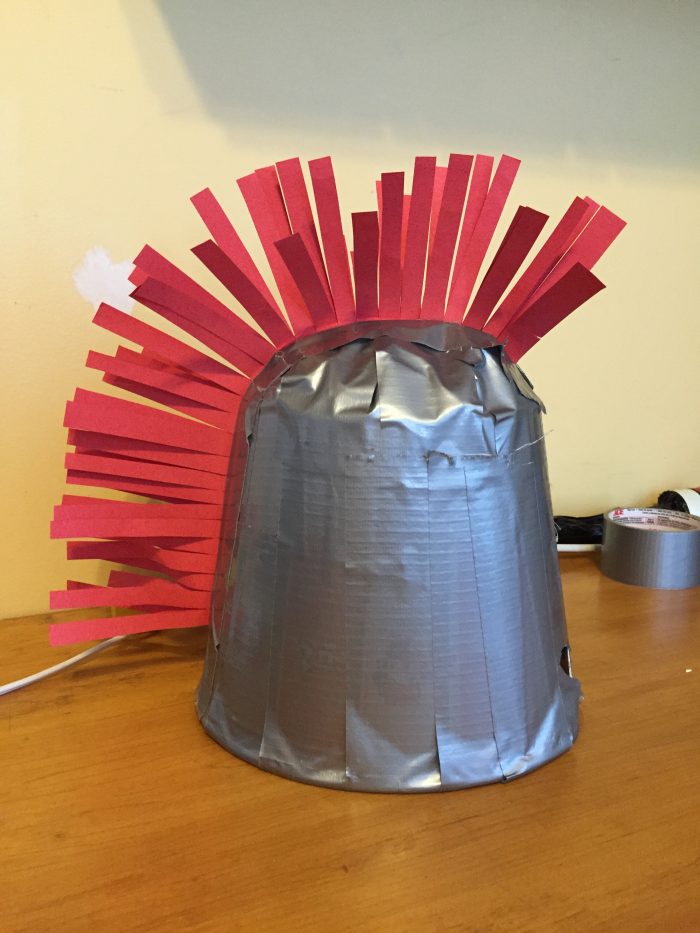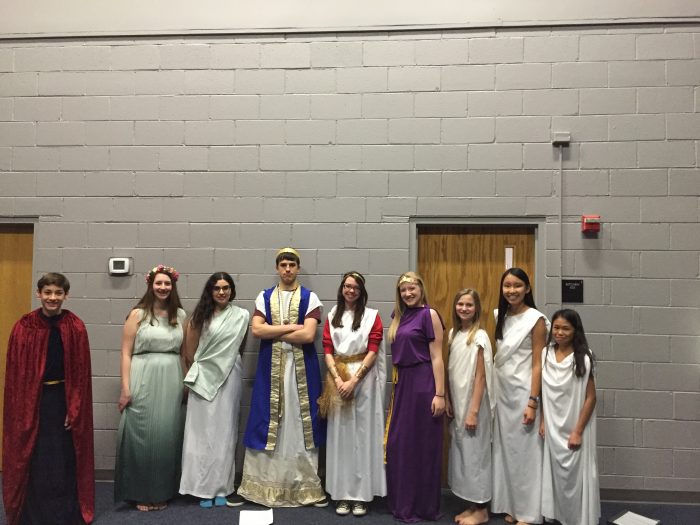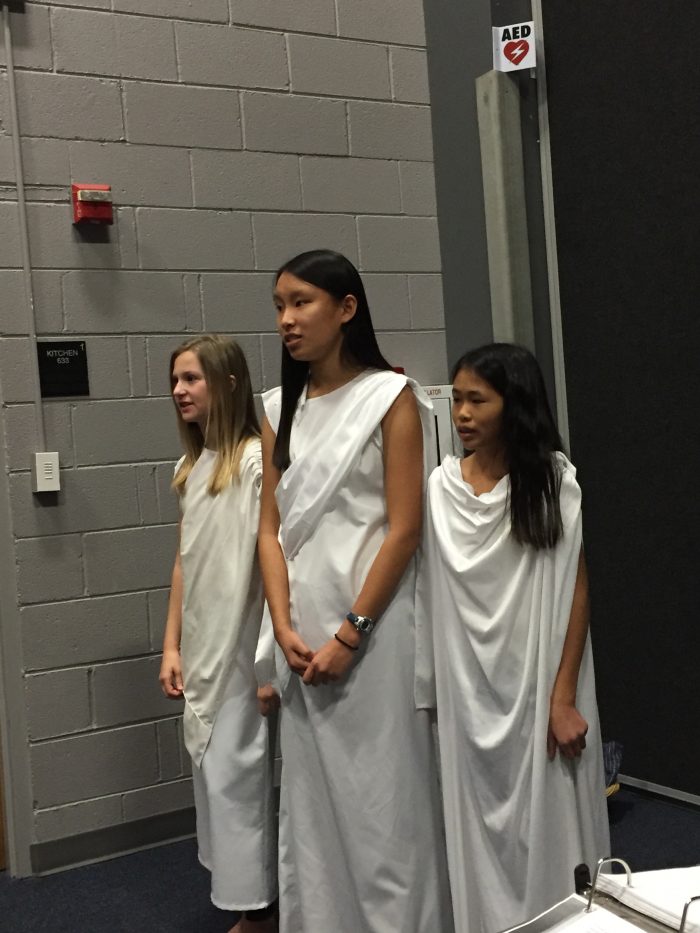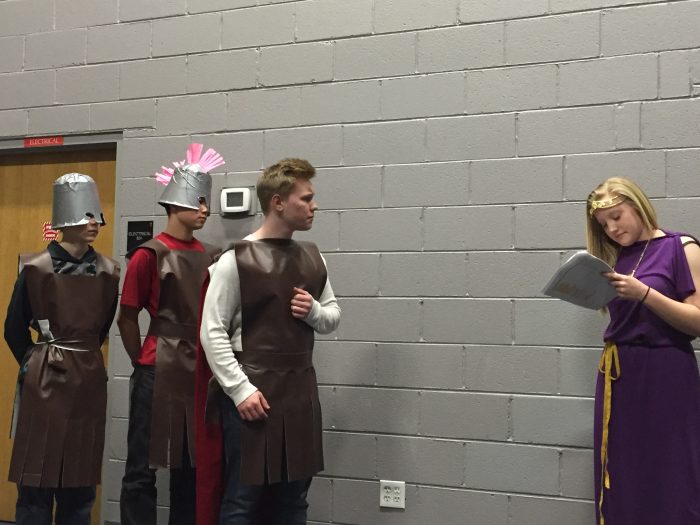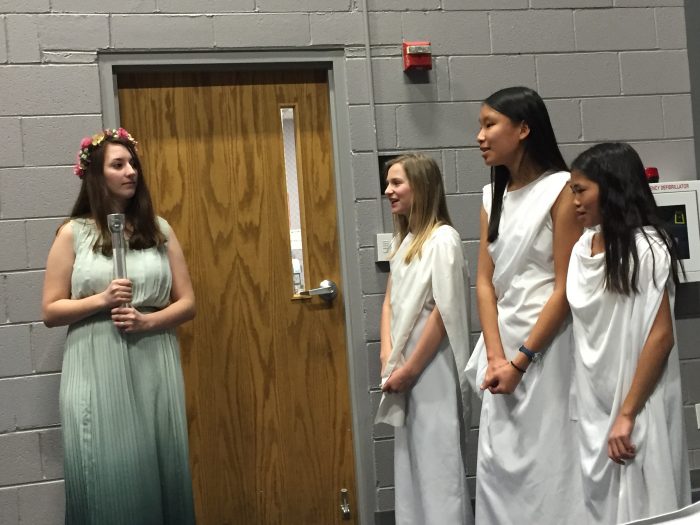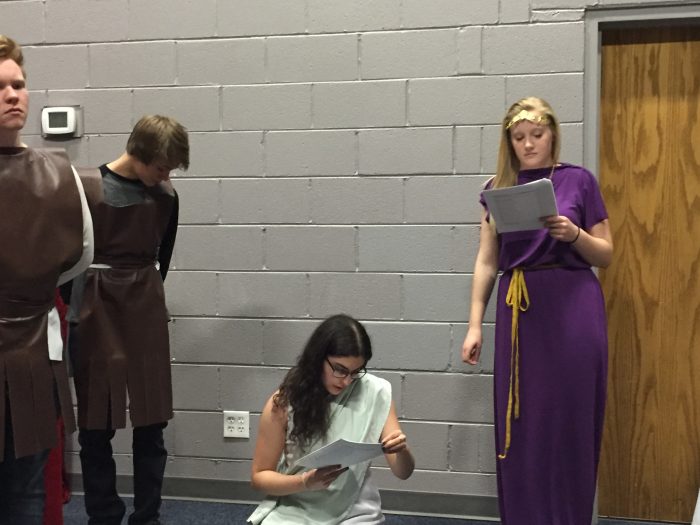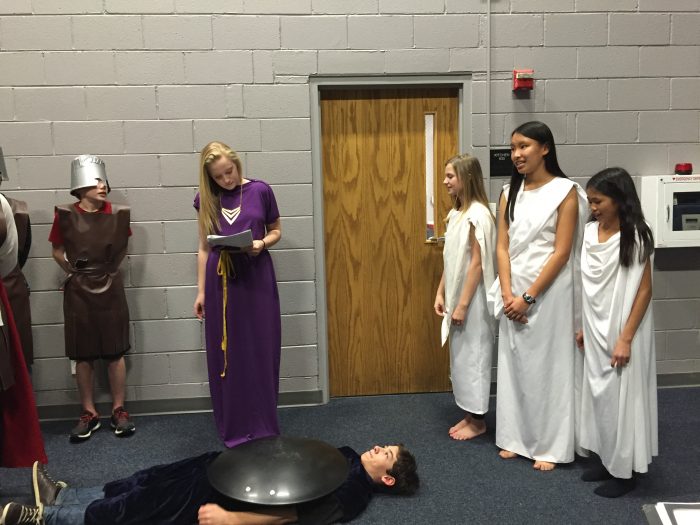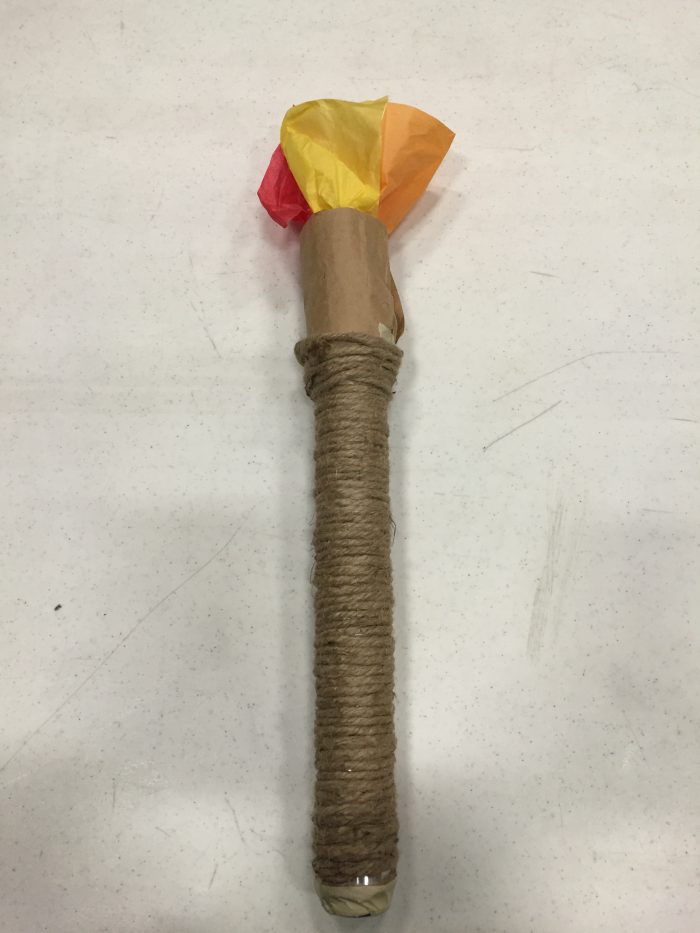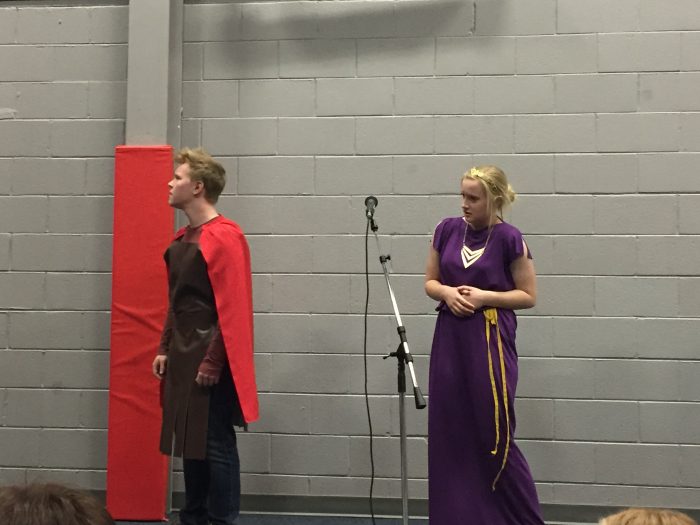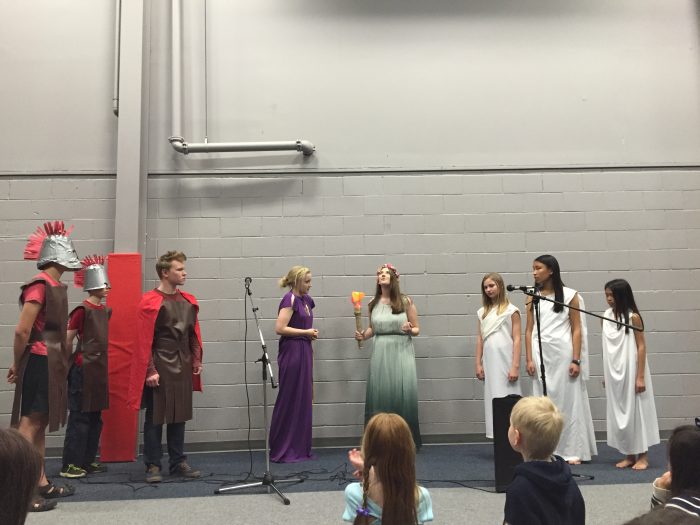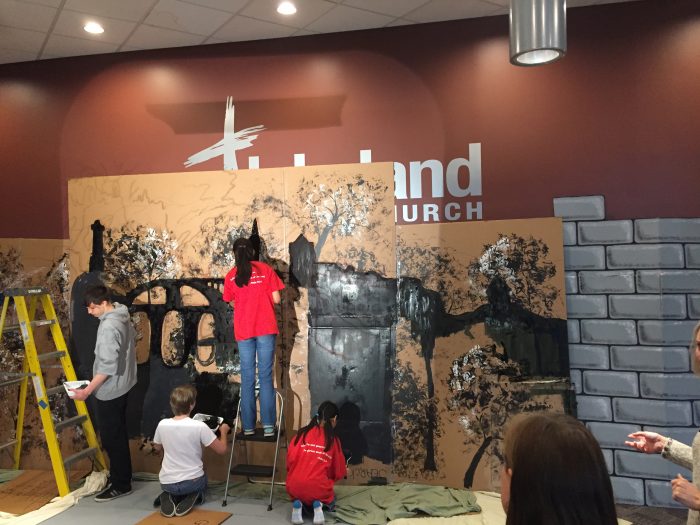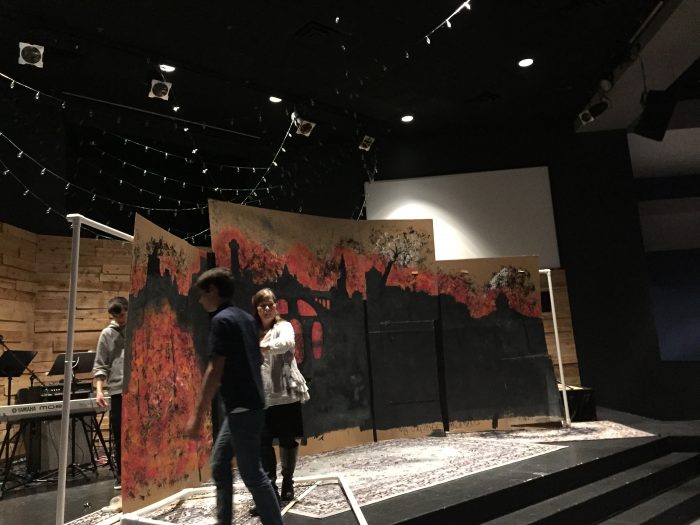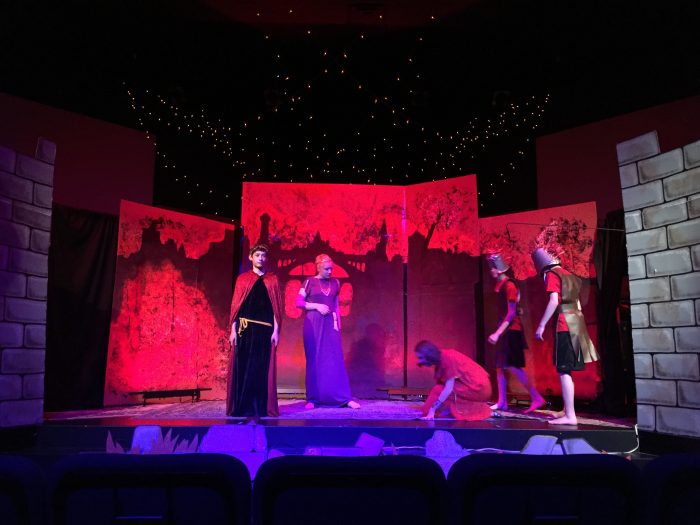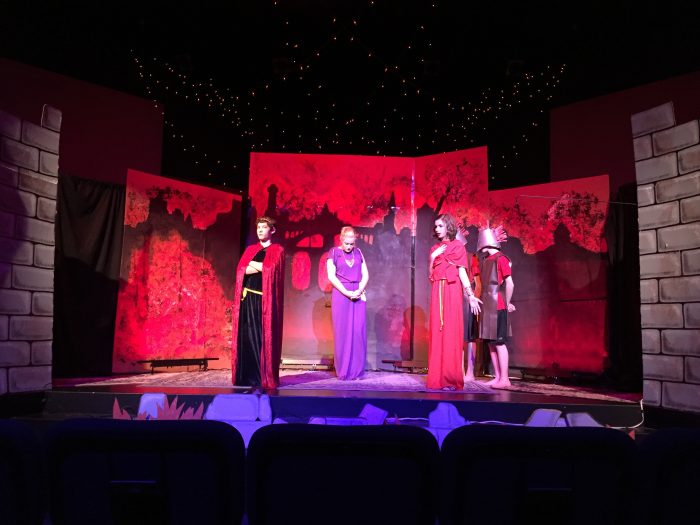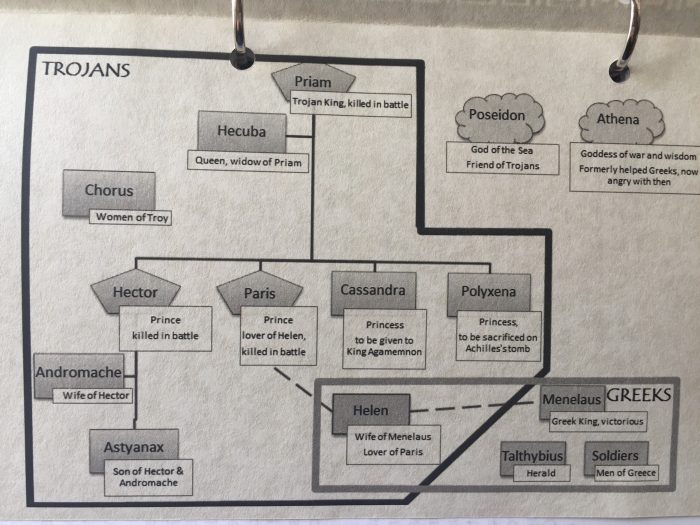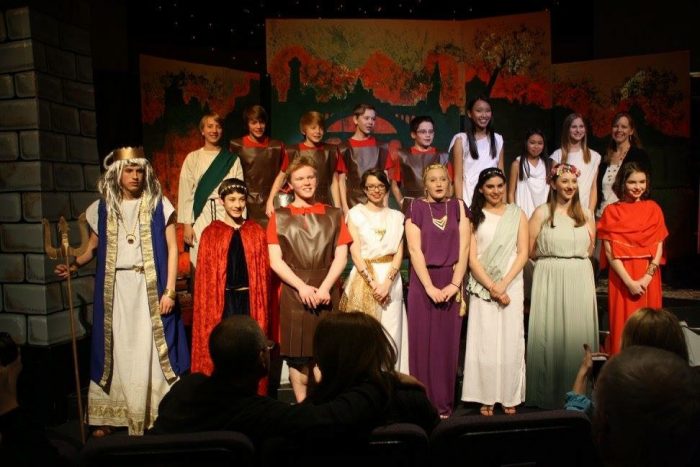How to do an Ancient Greek Tragedy with your Homeschool Co-op: “The Trojan Women”
Last year my kids studied Ancient History with our Tapestry of Grace Fellowship Co-op. Our high school students were assigned to read the Ancient Greek Tragedy by Euripedes (480-406 B.C.) called The Trojan Women. Since we all know that the best way to study a play is to actually perform it, we decided to join with the junior high students for a full-blown production of The Trojan Women. Today I'd like to share with you how to do an Ancient Greek Tragedy with your Homeschool Co-op.
The Trojan Women, An Ancient Greek Tragedy:
First, I found a copy of the ancient Greek tragedy play The Trojan Women. I looked at a couple of different translations, but liked Richmond Lattimore's version the best: Euripides III: Heracles, The Trojan Women, Iphigenia among the Taurians, Ion (The Complete Greek Tragedies).
After I found out which students were available for the performance, I decided what to keep and what to cut in order to pare down the play for their level. For example, our chorus consisted of 3 junior high girls, so I cut a lot of their lines out. If you don't have enough students, you can cut the chorus all together. Or, if you have a lot, you can divide their parts up and have different groups of chorus for different scenes. I only had two of the seven high school students who enjoyed and had experience with acting, so I gave them the largest roles of Hecuba and Talthybius. But the others were hoping to not have too much to memorize, so I cut parts of their lines to shorten their speeches.
Some other changes I made were to change all euphemisms of Greece/Greek and Troy/Trojan to just say those, instead of Phrygians, Argive, Achaeans, Ilium, etc. I also softened some of the more graphic speech such as “to be brought to a king's bed” to “to be brought as a king's wife.”
After the play was edited I gave it to the parents to approve. The Trojan Women tells the story of the women immediately after the Trojan War ends. All their husbands and sons have been killed, and the women are being given as slave wives (or sacrifices). One woman's young son is killed and then his body is brought on stage to be readied for burial. It's a true tragedy. So, I wanted the parents and students to know exactly what they were getting themselves into!
Need help on how to direct a play if you've never done it before? Check out
Introduction to Directing FREE .pdf by Sabrina Justison.
Parent Committees:
Next, I set a rehearsal schedule and assigned committees to the parents. We had about 10 weeks from start to finish to prepare our ancient Greek tragedy. The parent committees we had were:
- Costumes
- Props
- Hair and Make-up
- Set Construction
- Lighting and Sound
- Publicity
- Video Taping
- Program
- Refreshments
I was amazed at the high level each of these committees performed. Everything turned out bigger and better than I expected!
Costumes:
The ladies in charge of costumes just took off and ran with it! The made some, had the kids work on things, and found costumes pieces to borrow from various places. The book they use to make these Greek helmets was called Spend the Day in Ancient Greece.
The Greek Guards have no lines, but play an important role of bringing people onstage and taking them offstage. The boy without a helmet is the Greek messenger Talthybius. He was given a red cape. All boys wore red t-shirts, black shorts, and sandals.
These pictures were from one of our last rehearsals when costumes and props weren't quite finished, and some students still needed their scripts. The tall boy with the red robe is Poseidon and the girl to his right is Athena.
The girls in white were the Greek Chorus.
The girl in purple is Hecuba.
The girl in green is Cassandra.
The young lady kneeling is Andromache.
Props:
There aren't too many props needed for The Trojan Women. We needed a shield, which we made out of a black sled and put gold duct tape on in a “Greek” design.
We had a torch, which was a large flashlight covered with thin rope, brown paper, and red/yellow/orange tissue paper.
We also had a basket with some material which was laid on top of the little boy's body.
Extra Performance:
Before our dress rehearsal on the stage, we performed one scene (the one with Cassandra) for all the students and parents at our co-op. We had told the students that the entire play was more appropriate for teens and up, so most didn't come watch our evening performance.
Sets:
We were really blessed to be able to use some really neat set pieces that had been made for another event at the church: see the gray brick and black trees with white paint. One of the boy's older brothers sketched out a design for the students to paint over what we already had to make it look like “the city of Troy was burning in the background.”
The day of our dress rehearsal, we set up the stage. The cardboard pieces were attached to white PVC pipe frames. We didn't need much space, so we just used the front half of the stage and had a small area behind for the students to walk back and forth depending on which side of the stage they were supposed to enter from. The entrances/exits were covered with black curtains that the performers could push aside.
Dress Rehearsal:
The night before our play was the first time we were able to practice on the real stage. Everyone who had speaking parts had a lapel mic, but they had to switch them with other students backstage in between scenes. The chorus girls had a choral mic that was just above their heads to pick up their voices.
We had a young man running lights who did some neat effects, such as putting red lighting on when Helen came on stage. He even used a small fog machine for the opening and closing scenes.
The boy kneeling is Astyanax.
The young man with the kingly robes is King Menelaus; the young lady in red is Helen.
Program and Publicity:
We designed a poster and postcard which the kids used to promote the play.
The ladies who designed our program did some neat things to help the audience understand the play better, such as including a graphic that helped explain the relationships between the characters.
We also had a summary of the plot and a reprinting of a paper one of the students wrote about whether the Trojan War is myth or fact.
At the beginning of the performance of our Ancient Greek Tragedy one student read a prologue which introduced the characters as they came on stage one by one. After the play the students read an epilogue to help the audience see the Greek tragedy through a Christian worldview, as the students were taught to do in our Tapestry of Grace curriculum.
Reception:
Following the performance (about 45 minutes long) we had a nice reception in the lobby. It was a joy to work with these students. At the beginning of our time together, most of them thought it would flop. They thought they couldn't memorize their lines and that no one would enjoy the performance at all. By the night of the play, they realized how far they had come. All their hard work had paid off. They will never forget The Trojan Women.
(Disclosure: This post contains affiliate links.)

